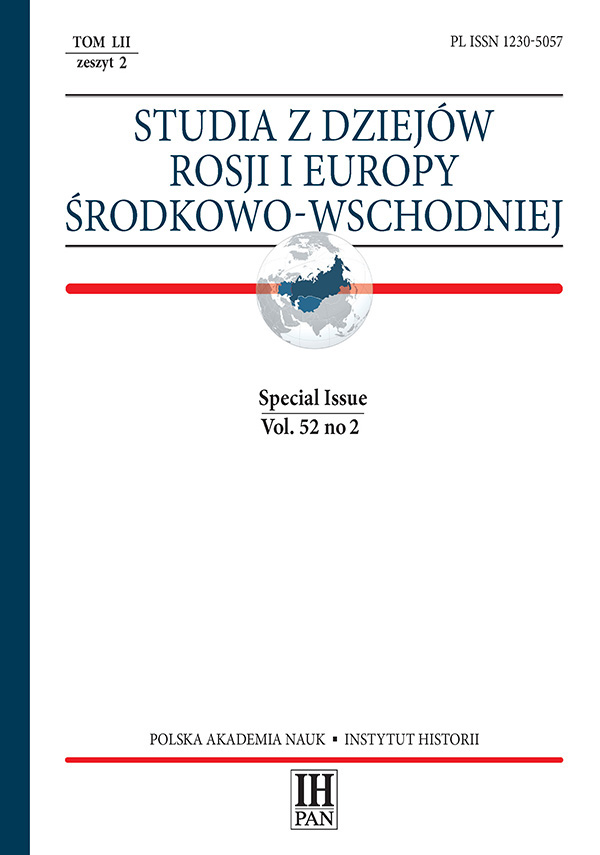The Nationality Issue on the Peripheries of Central and Eastern Europe. The Case of Polesie in the Interwar Period
The Nationality Issue on the Peripheries of Central and Eastern Europe. The Case of Polesie in the Interwar Period
Author(s): Pavel AblamskiSubject(s): Cultural history, Economic history, Social history, Interwar Period (1920 - 1939)
Published by: Instytut Historii im. Tadeusza Manteuffla Polskiej Akademii Nauk
Keywords: Second Polish Republic; Polesie; national project; Belarusians; Poles; Russians; Ukrainians;
Summary/Abstract: The territory of Polesia in the interwar period was an area of competition between the national movements of Belarusian, Polish, Russian, and Ukrainian communities. In the Polesia Province, the scope of activity and intensification of national factors were not the same. An influence of the Belarusian movement was seen only in the north of the province, in the districts of Kosava and Pruzhany. The more active in Polesia Ukrainian movement was the strongest in southern, and south-western districts: of Brest on the Bug, Kobryn, and Kamin-Kashyrskyi. Russians were the most successful in the cities of Brest and Pinsk, and in the eastern part of the region, in the neighbourhood of the towns of Luninets and Davyd-Haradok, where influences of the Belarusian and Ukrainian movements were minimal. But the idea of “the great Russian nation” was gradually becoming an anachronism within the borders of the Second Republic of Poland.
Journal: Studia z Dziejów Rosji i Europy Środkowo-Wschodniej
- Issue Year: 52/2017
- Issue No: 2
- Page Range: 55-76
- Page Count: 22
- Language: English

